Essential Things to Know About Education
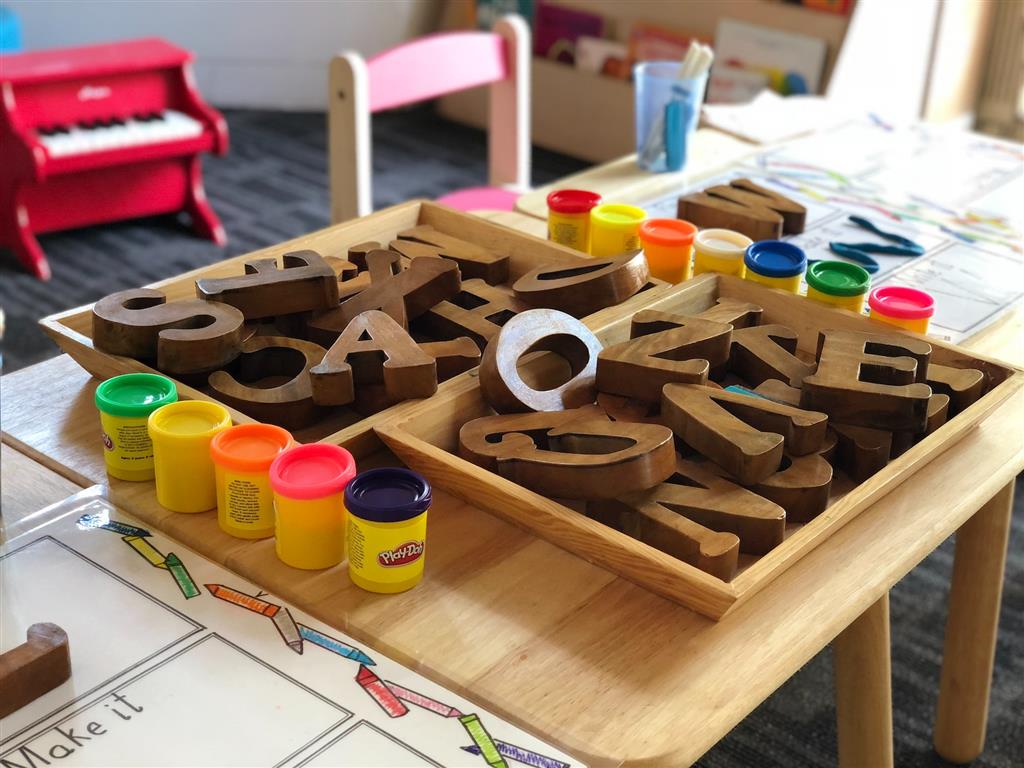
This article presents New Zealand’s education system and the most essential things you should know about it.
New Zealand may not be a big country, but it has become a popular destination for students from different countries. Indeed, New Zealand’s education system is quite good, so even immigrants and foreign students can get valuable knowledge studying there. The country’s education system can be divided into several stages:
- Early Childhood Education – from birth to school entry
- Primary and Secondary Education – from 5 to 19 years of age
- Further Education – either higher or vocational education
Before School
Way before children can start going to school, they have the option to get early training. This kind of early childhood education or ECE allows kids to prepare for elementary school and learn a lot of things that parents may not have time to teach them. Moreover, early childhood education helps children become happier and more confident in their own knowledge and abilities while getting used to an educational environment.
The best part about such preschool education is that it helps kids get used to learning and teaches them valuable communication and socialization skills. ECE isn’t compulsory, but most children in New Zealand get it. There are different types of educational institutions that offer ECE services, including the Kōhanga Reo which is guided by the Te Whāriki curriculum framework.
Primary and Secondary Education
The next step for children is to get primary education. Primary education in New Zealand starts from Year 1 (students are generally 5 years old) and ends in Year 8 (students are generally 12 years old). Because schooling is compulsory from ages 6 to 16, children must attend primary and then secondary education institutions respectively. At state schools, education is free from ages 5 to 19 as long as the student is a New Zealand citizen or a permanent resident.
Peculiarly, your child can start school the same day they turn five, so you don’t even need to wait for the school year to start. That being said, most schools have policies where students need to enter as a cohort at the start of a term. After primary school, students attend secondary school from Year 9 (13 years old) to Year 13 (17 years old). After finishing all thirteen years of school, students officially have completed primary and secondary education.
While primary and secondary education is generally offered by regular schools, there are actually different options depending on the needs of different students:
- Local State, State-Integrated, and Private Schools – In New Zealand, the common practice is to apply zoning, an approach where children attend schools close to where they live. Parents don’t have to worry about finding a place for their kids because children are guaranteed a place at the school to whose zone their home address belongs. Outside of the zone, you may have to apply to the school separately and you won’t be guaranteed a place. The schools in New Zealand are categorized as:
- State (owned and funded by the state, follow the national curriculum)
- State-integrated (funded by the state but have special characteristics such as having their own religion, follow the national curriculum)
- Private (partially funded by the state while mostly being funded by parent payments of school fees, develop their own programs but can follow the national curriculum)
- Māori-Medium Education – Also known as Kura Kaupapa Māori, this education is offered by some primary and secondary schools. Students follow the Te Marautanga o Aotearoa, a curriculum based on Māori philosophies. The language of instruction for some or all subjects is Māori (the minimum amount of time when the language should be used is 51%). Students also study the Māori language as a subject.
The national curriculum in primary and secondary schools includes a wide range of subjects and students also have some specialization options in the last three years of high school. At the end of Year 13, students receive the National Certificate of Educational Achievement or the NCEA. The students need to pass different assessments during Years 11-13 to receive the NCEA diploma.
If a student struggles at any point in their education, they can receive learning support at their school from fellow students, educators, etc. There are also early childhood centers where such support is offered. In some cases, students may not be able to attend school in person and that’s when you get home or distance learning for your child.
Higher Education
After primary and secondary education, students can continue studying in higher education institutions. There are several options when it comes to higher education in New Zealand:
- Universities – There are eight state-funded universities in New Zealand and each of them offers a wide range of programs on different subjects.
- Technical and Vocational Education – This is considered the senior secondary school level. Students can specialize in vocational learning before getting their first work.
- Institutes of Technology and Polytechnics – These educational institutions offer professional and vocational education and training. Usually, the students start from introductory courses and eventually get degrees.
- Trades Academies – These academies teach different kinds of trades and offer technology-related programs. Students are usually aged 15 to 18.
- Youth Guarantee – These courses are offered to students aged 16 to 19 who want to study until the NCEA Level 1-3 or certificates of the same levels. The courses are offered for free and are vocationally focused.
- Wānanga – There are three wānanga in New Zealand that are state-owned Māori teaching and research institutions. Here, students can learn according to the āhuatanga Māori (Māori tradition) and tikanga Māori (Māori custom) and receive certificates, diplomas, and degrees.
- Private Training – There are some private training institutions that offer vocational courses that result in certificates and diplomas.
Summary
All in all, New Zealand is definitely a great place to study, whether you want to get higher education yourself or you want to find a place for your child to get a good education. The country’s education system takes into account the differences between students and makes sure that every student gets good opportunities and high-quality education.
About the author
Kristen Bray is a professional writer and а blogger. She has been working as an editor for sites where you can read honest reviews about writing services. Kristen mainly covers topics such as blogging, digital marketing, and self-education. In her free time, she practices yoga and also travels.
Share your idea for more podcasts, participate in the discussion and leave comments in our forum HERE.
- My Life Abroad -
A selection of expat stories
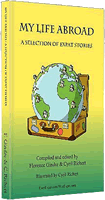
"A fun compulsive read!"
J. Matcham, Amazon
"I strongly advise people ready to live abroad to read this book!"
Patrice, Amazon

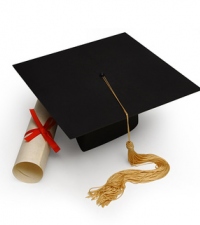 International Schools in New Zealand
International Schools in New Zealand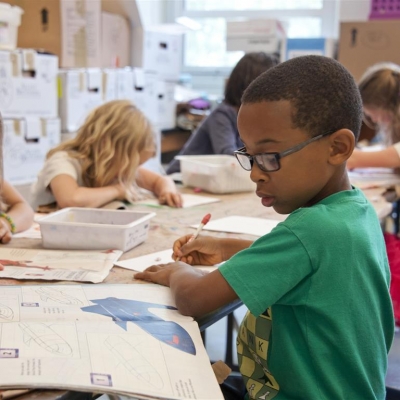 5 Top International Education Systems For Expat Kids
5 Top International Education Systems For Expat Kids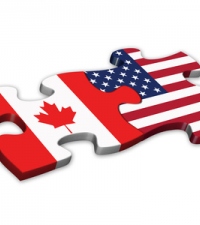 Same language, different ball-game
Same language, different ball-game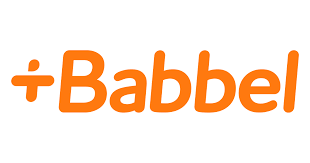 Babbel
Babbel